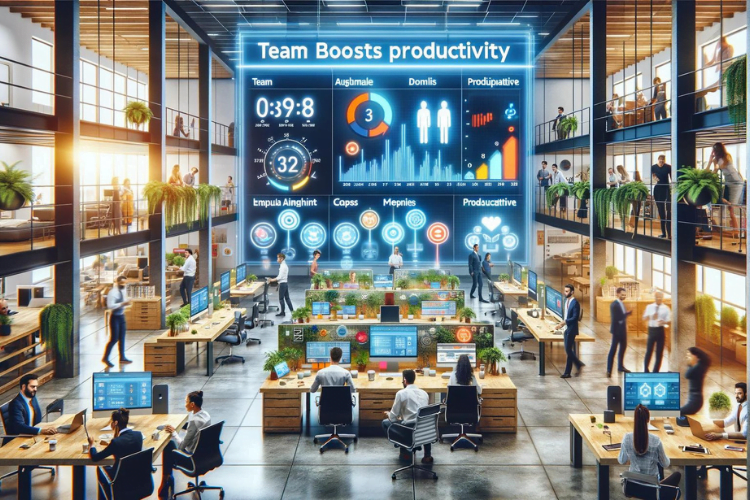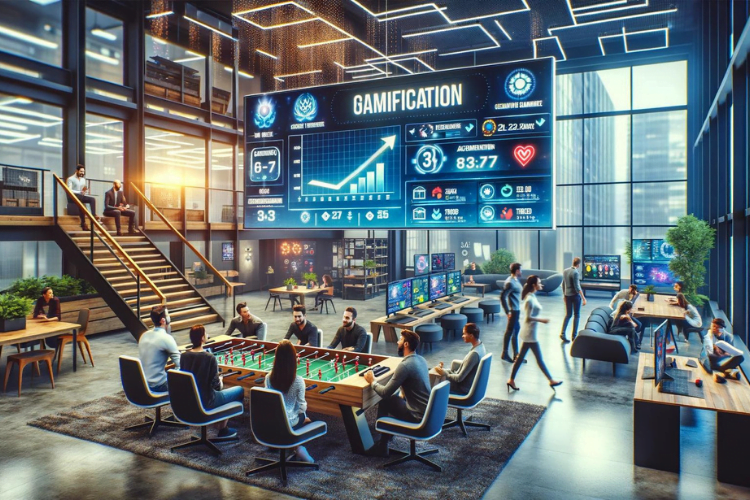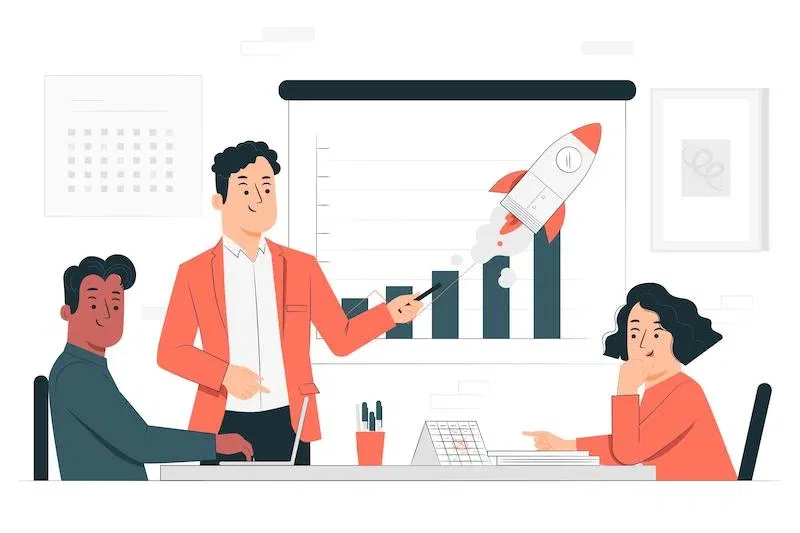
The Ultimate Guide to Using Gamification to Boost Your Sales Team Performance
Gamification is a powerful tool that can be used to help increase the performance and motivation of sales teams. It involves introducing game-like elements into the sales process, such as rewards, challenges and leaderboards, to create an engaging and enjoyable customer experience. Gamification can help sales teams stay motivated, increase their productivity and ultimately improve their performance. By using gamification techniques, companies can also ensure that their customers have a more enjoyable experience while interacting with their sales team.

Using Gamification to Revolutionize Business Learning
Gamification, the process of drawing from gaming aspects and principles to engage users, can be a great tool for revolutionizing business learning. By leveraging game-like activities, businesses can motivate their employees to boost performance and engagement in the learning process, ultimately leading to improved outcomes.

Exploring the Benefits of Gamification Motivation Theory in Enhancing Employee Engagement
Gamification Motivation Theory is a theory that suggests that game mechanics can be used to motivate and engage employees. This theory is based on the idea that by introducing game-based learning and game mechanics, employees will become more engaged in their work and be more likely to reach their goals. It also suggests that this type of motivation can lead to higher job satisfaction and better performance. By understanding Gamification Motivation Theory, organizations can implement strategies to increase employee engagement, which in turn leads to improved productivity and overall success.
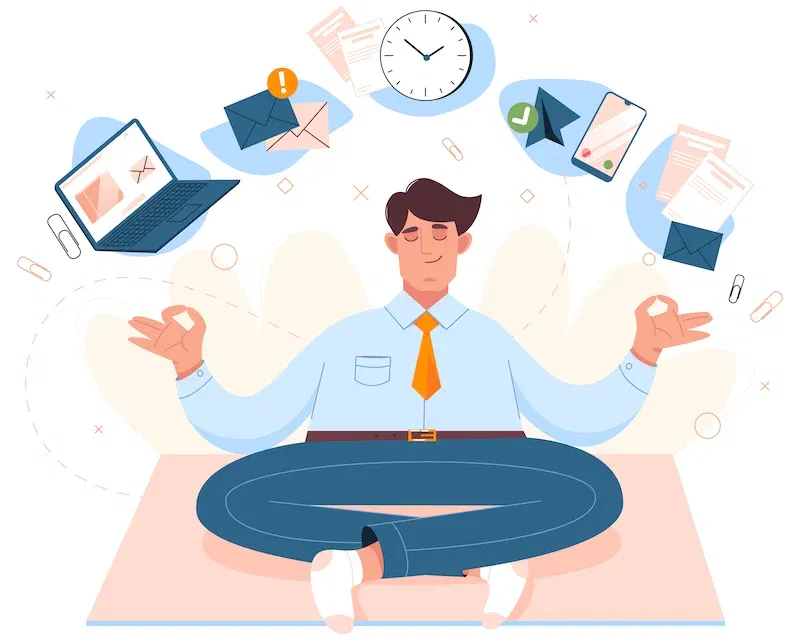
De-Stressing with Fun: How Gamification Can Help You Cope with Stressful Environments!
As a sales team member, you may find yourself under a lot of pressure. Whether it’s from the deadlines, the constant push to make a sale, or the stress of dealing with customer expectations, it can be overwhelming. But there is a way to help manage the stress of a sales environment - and that’s by using gamification.
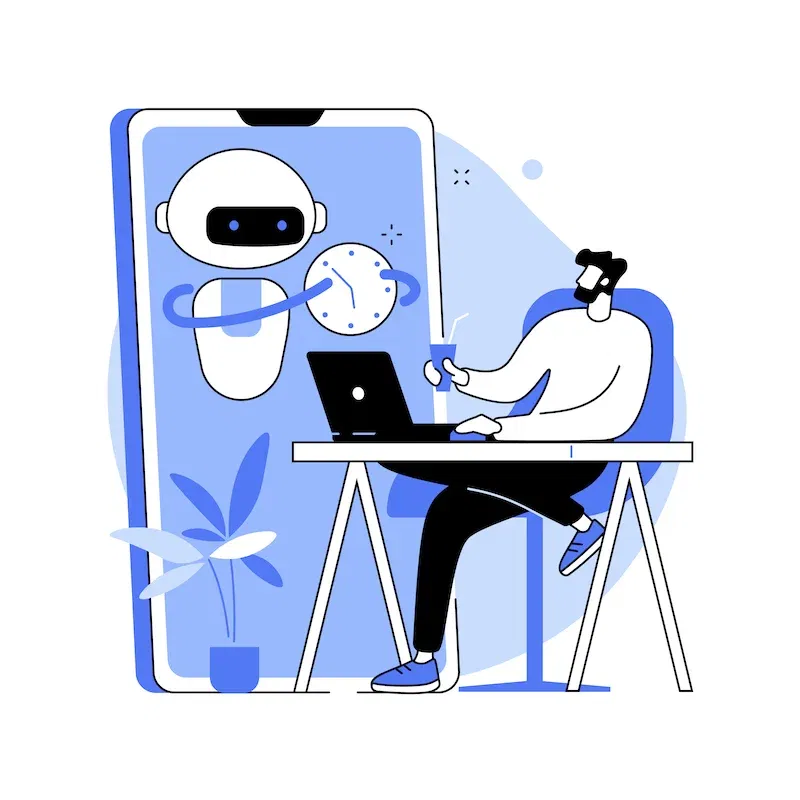
How AI can help to create more engaging and immersive experiences?
Gamification has been around for quite some time, and it has proven to be an effective tool in engaging and motivating participants. But with the rise of artificial intelligence (AI), gamification has become even more powerful. AI offers a new level of personalization and interactivity in gamification, which can keep participants in the flow and engaged.

Gamification: How to Make the Workplace Fun and Engaging for Sales Teams
Gamification is a technique used by employers to add an element of fun and competition to the workplace, and it has proven to be particularly effective for sales teams. By incorporating gaming elements, such as rewards, achievements, and point systems into everyday tasks, businesses can drive sales team engagement, motivation, and productivity, ultimately leading to greater salesteam success.

Feedback Loops in Gamification: The Key to Engaging User Experiences
Gamification has become a buzzword in the world of business and technology. It is the process of incorporating game mechanics and design elements into non-game contexts, with the aim of increasing user engagement and motivation. Feedback loops are an essential part of gamification, and they play a significant role in shaping the user experience.

Gamify Your Way to Success: Crafting a Winning Prototype for Your Organization’s Gamification Plan
Gamification is the application of game design principles and mechanics to real-world situations to increase user engagement and motivation. It's an effective tool that can be used across various industries and platforms such as education, marketing, and health to enhance user engagement and create an interactive and memorable experience for users. The first step to any gamification project is the gamification prototyping . Gamiication Prototyping is the process of creating a prototype of a gamification system to test and validate it before launching it. Prototyping is an essential component of any gamification project.

Unlocking Employee Engagement and Productivity: The Power of Workplace Gamification
Employee engagement and productivity are critical factors in organizational success. To attract and retain top talent, companies need to ensure that their employees are engaged, happy, and motivated to perform at their best. One powerful tool that businesses can use to achieve these goals is workplace gamification.

Cracking the Code on Employee Motivation: Unpacking the Meaning of Motivation and Harnessing the Power of Gamification
Motivation is a complex notion that is often misunderstood. In essence, it is the driving force that compels us to take action and achieve our goals. It is the reason why we get out of bed in the morning, why we work hard, and why we strive for success. But what does motivation really mean, and how can we harness its power to create highly motivated, engaged employees?

How Gamification Can Revolutionize Your Business Processes
Are you struggling with low employee motivation and inefficient operational processes in your business? If so, gamification might be the solution you need to turn things around. Gamification involves applying game design principles and mechanics to non-game contexts, such as business operations. By incorporating elements such as competition, rewards, and feedback, gamification can transform even the most mundane tasks into engaging and enjoyable experiences.

The Importance of Personalization in Today’s Gamification
In today’s world, gamification has become an important tool for businesses to engage and motivate their customers. Gamification is the use of game mechanics and design elements in non-game contexts, such as marketing, education, and employee training. It involves the use of rewards, challenges, and achievements to motivate users to take certain actions or behaviors. However, as gamification becomes more prevalent, it’s becoming increasingly important to personalize the experience for each user. In this article, we’ll explore the importance of personalization in today’s gamification.
